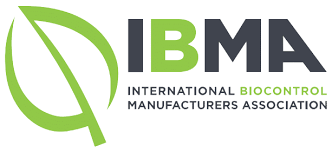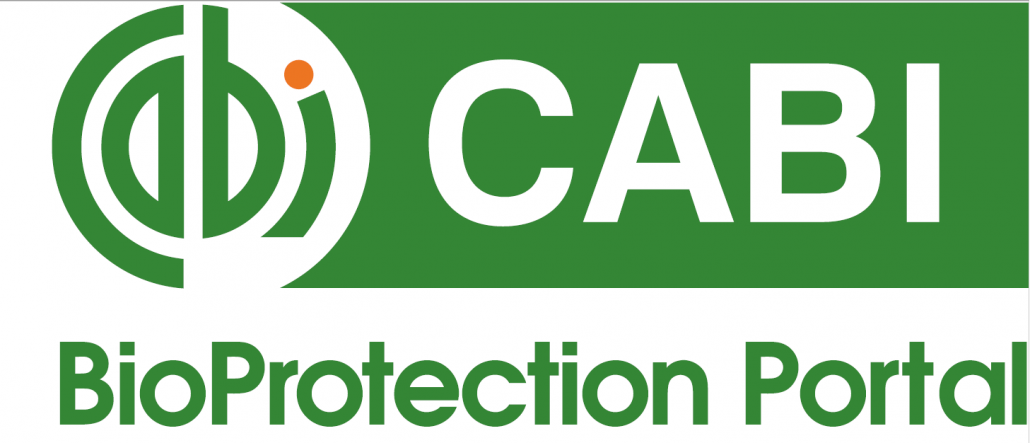Appropriate timing is crucial in the application of TRICHOSAFE® products to achieve the best efficacy.
Appropriate application timing is determined solely by the flights of European corn borer moths (Ostrinia nubilalis). The initiation of flights by male and female corn borers depends on the so-called sum of temperatures. Consequently, it is independent of the corn growth stage.
In order to determine the best application dates for Trichogramma brassicae, extensive monitoring of the flights of the European corn borer moths is conducted by the government advisory agencies. The monitoring system provides data on when the flights begin and culminate, and when larvae hatch.
Recorded monitoring data are collected on the ISIP platform (see below) and released in a processed form. This supports consultants in determining optimum timing for the application of Trichogramma brassicae. In the next step, consultants promptly notify producers and the commercial sector that the application can be initiated.
To determine the onset of moth flights, pheromone traps or light traps are used from the sum of temperatures of approximately 250°C.
Pheromone traps:
Pheromone traps only attract male ECB moths, and the “catching capacity” of such traps depends very heavily on their location. Traps should be positioned next to the fields where corn was grown in the previous season, in the vicinity of meadows or mid-field hedges. For this reason, new locations must be selected every year. Traps should be set on tripods, making sure that the trap is hung less than 15 cm above the ground surface.
An attractant to lure insects is applied on the plastic pheromone dispensers. Dispersers can only be touched in latex gloves. Pheromones should be replaced every two weeks, at the maximum.
Pheromone traps are cost-efficient and easy to handle. However, because of their specific principle of operation, determining the egg-laying period is very difficult without having a thorough knowledge.
Light traps:
Light traps capture both male and female European corn borers, which provides an opportunity to determine the exact application timing.
The best location for placing a light trap is between the field and the edge vegetation (woody plants, meadows, forests, etc.), at a distance of at least 50 m from the corn field. Since ECB moths fly into the corn fields for the sole purpose of egg deposition, and otherwise prefer to remain in well-protected areas such as grasslands, the light trap should be set up in such a way as to attract moths along their natural flight routes.
In order to effectively lure ESB moths, light traps should be set up between 8 and 12 pm. Importantly, light traps should be positioned away from other sources of light.
In this way, moths attracted to light fall into a net, from which they are unable to escape until bonitation takes place. After counting and recording the catch, the insects are promptly released.
Assessment:
Initially, traps should be checked every 3 days. After the first catches, insects should be checked, counted and recorded every other day (the higher the frequency, the better), noting down the number of male and female moths.
Males and females are easy to tell apart because of differences in their shape. Initially, only males are caught, as they are the first to hatch. The male to female proportion plays a key role for determining the optimum timing for Trichogramma release.
If an increase is noted in the number of moths, with equal sex proportions, egg deposition can be expected. This moment indicates the optimal timing for the distribution of TRICHOSAFE® products.
Links to official monitoring websites
Across the country:
https://www.isip.de/isip/servlet/isip-de/entscheidungshilfen/mais
Bayern:
https://www.lfl.bayern.de/ips/warndienst/072171/index.php
Hesse:
Furthermore, agricultural chambers and local governments in different federal states and regions publish their own recommendations for the application of Trichogramma to control European corn borer infestation.
If you have any further questions, or you want to use the monitoring tool, our consultants are always happy to assist you.
Biological. Effective. Smart.
Trichogramma – effective pest control and superior-quality crops



